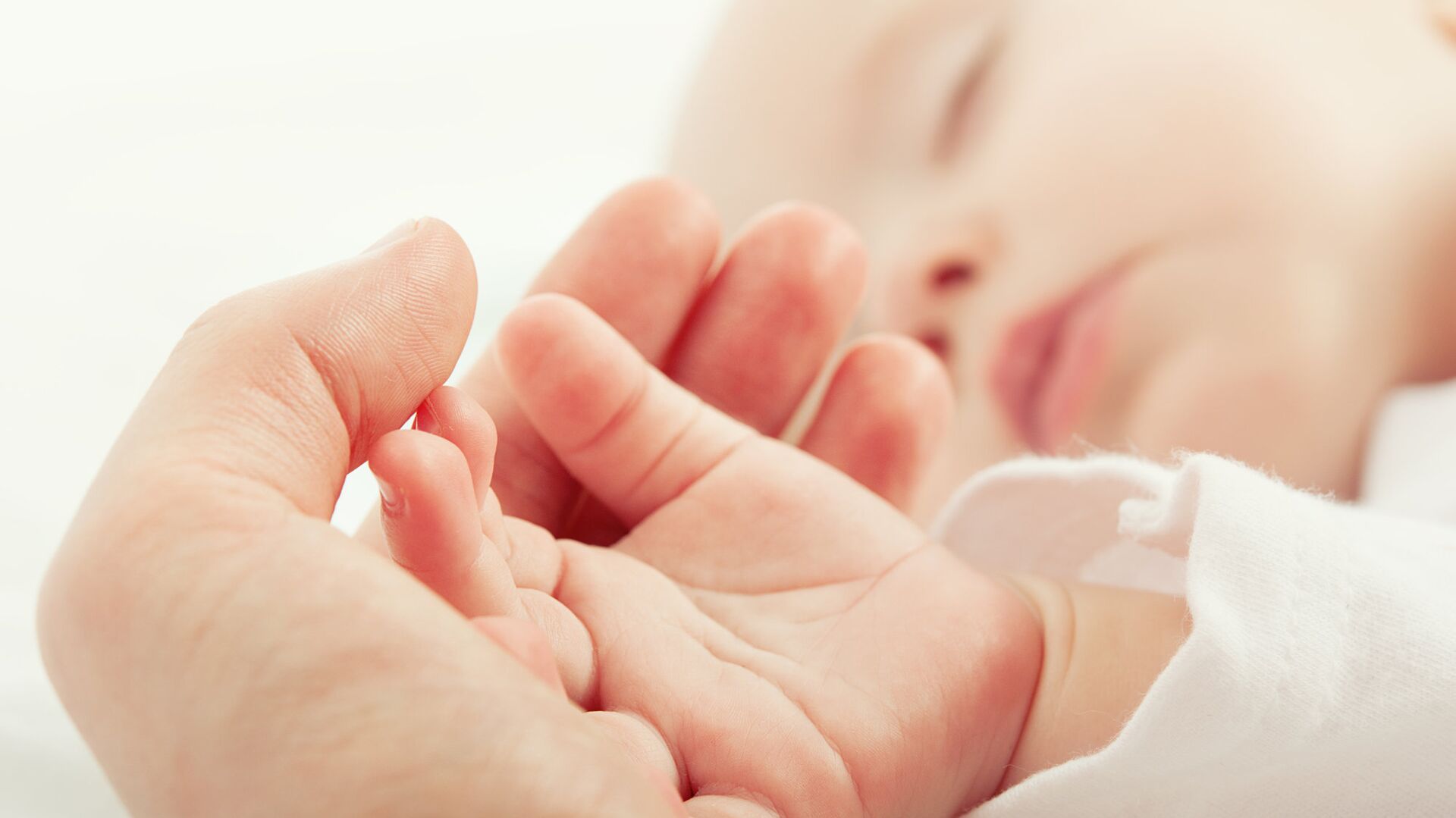
MOSCOW, November 29. SSMU scientists have developed a method for identifying early brain disorders in newborns by studying their sleep. According to the authors, their work can help in the diagnosis of cognitive disorders and neurological disorders, the university press service reported.
According to researchers from Saratov State Medical University named after V.I. Razumovsky (SSMU), the world scientific community has still not been able to answer all the questions about sleep. One of the priority areas at the university is the study of brain activity in the very first days after birth.
The SSMU team focused its efforts on analyzing brain structures during transitions between the stages of sleep and awakening. A set of special, safe and convenient sensors recorded how babies sleep and wake up. As a result, a unique set of records of the activity of the brain, heart, blood vessels and other organs of newborns was formed. These recordings became the basis for studying brain activity during sleep and wakefulness in the first days of life.
Researchers have found that babies sleep differently — depending on the period at which they were born: around 38 weeks or earlier (at 34-36 weeks). Even in the absence of strong differences in their height and weight, significant differences were recorded in brain activity or, as somnologists say, in the microarchitecture of sleep.
“
“It’s interesting that the most significant differences were found during the quietest period of sleep, when the child sleeps the deepest,” noted Anastasia Runnova, head of the scientific project, head of the Department of Medical Biophysics of SSMU.

Scientists have identified a paradoxical development in deep sleep of brain activity patterns in children born earlier than usual, characteristic of the wakefulness of older children. They also noted that patterns of brain activity develop asymmetrically. The dynamics of the left hemisphere of babies born slightly earlier than the standard 38 weeks shows virtually no changes, while the right hemisphere changes significantly.
Both fast and slow processes during sleep and wakefulness in the right hemisphere of the brain can reliably distinguish between groups of newborns with different terms at birth. According to scientists, such stability of the structures of the left hemisphere may be associated with the further development on its basis of the universal properties of human speech and self-awareness.
«In modern society, there is a tendency towards an increase in the average age of parents, premature births have become more frequent, leading to an increase in the proportion of low birth weight newborns. Against the background of these processes, the risk of neurological disorders, autism spectrum disorders and attention deficit disorders increases, which requires researchers to develop monitoring tools development of children at risk,” said Olga Panina, Associate Professor of the Department of Hospital Pediatrics and Neonatology at SSMU.
The researchers noted that current clinical recommendations are based on the use of applied tools to roughly assess the degree of maturity of the cerebral cortex in premature infants and identify high risks of developing severe neurological syndromes.
At the same time, there is an obvious lack of technologies for assessing less visible disorders, which leads, on the one hand, to the loss of opportunities for early rehabilitation of children, and on the other, to overdiagnosis based on subjective assessments. Today there are not even phenomenological mathematical models that describe the dynamics of the development of brain activity in the first days after birth.
Scientists at SSMU have proposed a system for objectively identifying and assessing the quality of sleep in newborns based on automatic analysis of standard signals of brain activity (electroencephalography).
“Today, monitoring the central nervous system of newborns is specialized in determining the readiness of the brain for convulsive manifestations, however, obviously, the problems are not limited to epileptic activity. Our work in the future will allow us to develop an information product for automatic assessment in newborns of individual variability in the presence of biomarkers of normal brain maturity and their dynamic changes in the first week of life,” explained Runnova.
Further tasks of the research team include conducting long-term studies of small patients with different EEG characteristics during the perinatal period.
The study was supported by a grant from the Russian Science Foundation 22- 22-00517 «Network modeling of functional connections in the brain activity of newborns.»









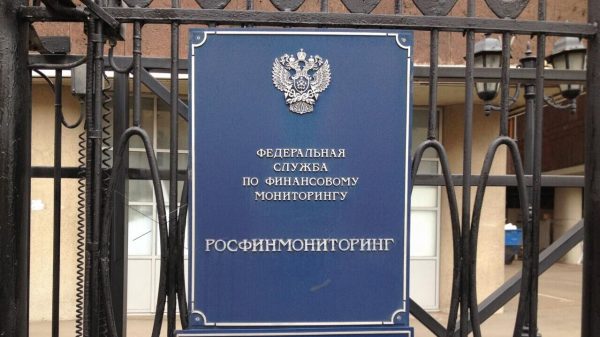









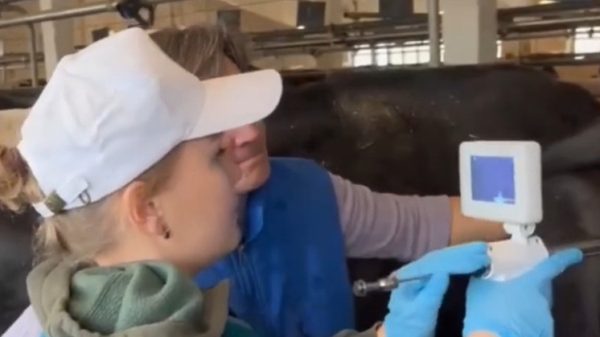

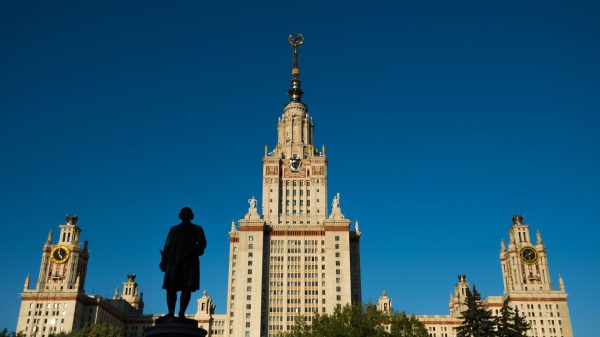

















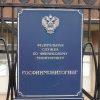


















Свежие комментарии